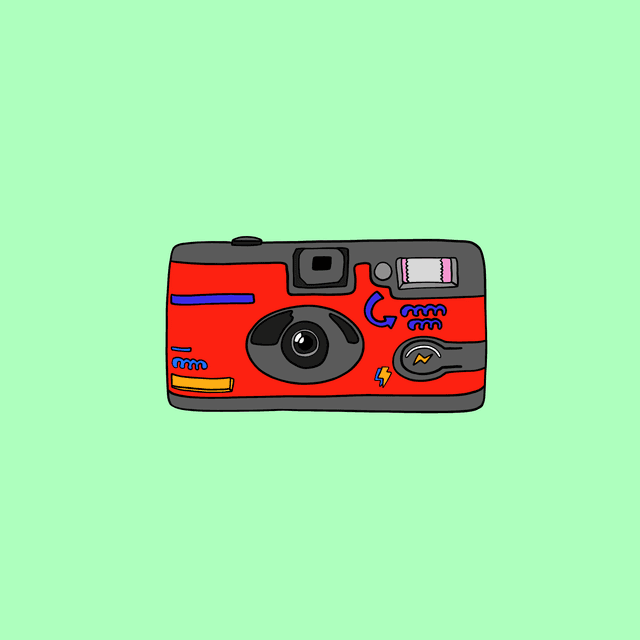Sections
Latest
Master German photography vocabulary, for discussions on hobbies and interests.





Photography is a fascinating art form that allows us to capture moments and express creativity through images. Learning photography vocabulary in German can help you understand camera settings, discuss photography techniques, and communicate with fellow photographers in German-speaking communities. In this blog post, we'll provide you with multiple lists of very useful German words related to photography.
Let's start with some essential camera and photography equipment terms:
Next, let's explore some common photography settings and terms:
Now, let's learn about some photography techniques and concepts:
Lastly, let's explore some essential photography composition terms:
We hope this photography vocabulary helps you dive deeper into the world of photography in German! Whether you're exploring camera settings, trying out new techniques, or composing captivating shots, these words will be valuable. Happy Clicking!
Photography is a universal language that transcends cultural barriers and speaks to the essence of the human experience. In the realm of German photography, a rich vocabulary has developed to describe the art, techniques, and emotions associated with capturing moments through the lens.
In this short blog post, we will dive into the world of German photography vocabulary and explore the words that paint vivid pictures of this captivating art form.
At the heart of German photography lies the word "Die Fotografie," which simply means photography. This term encompasses the art and practice of capturing images using a camera. Whether it's digital or film photography, "Die Fotografie" represents the essence of freezing fleeting moments in time.
The "Die Kamera" is a fundamental tool for photographers. It refers to the camera itself, the device that enables them to capture the world through their lens. From classic analog cameras to modern digital ones, "Die Kamera" plays a crucial role in the photographic process.
The "Das Objektiv" is the lens mounted on the camera that determines how the subject is captured. Different "Objektive" have varying focal lengths and aperture settings, allowing photographers to achieve various effects, such as close-ups, wide-angle shots, or beautiful bokeh.
"Die Belichtung" translates to exposure in English. It refers to the amount of light that reaches the camera's sensor or film. Proper "Belichtung" is essential for creating well-exposed and balanced photographs. Photographers often adjust settings like aperture, shutter speed, and ISO to achieve the desired exposure.
The "Die Blende" is the aperture of the lens, controlling the amount of light that enters the camera. Adjusting "Die Blende" also impacts the depth of field in a photograph, allowing photographers to create sharp or blurred backgrounds.
"Die Verschlusszeit" is the shutter speed, determining the length of time the camera's sensor or film is exposed to light. Fast "Verschlusszeiten" freeze motion, while slow ones create beautiful motion blur, offering artistic choices for photographers.
"Das ISO" remains the same in German, representing the sensitivity of the camera's sensor to light. A lower ISO results in less sensitivity but produces higher image quality with less noise. On the other hand, a higher ISO allows photographers to shoot in low-light conditions but might introduce grain in the final image.
"Der Bildausschnitt" refers to the composition or framing of an image. Photographers carefully consider "Der Bildausschnitt" to capture the subject in the most visually appealing way, focusing on elements like leading lines, symmetry, and the rule of thirds.
"Die Perspektive" encompasses the viewpoint or perspective from which a photograph is taken. Photographers explore various "Perspektiven" to create unique and captivating images, whether it's shooting from ground level, bird's-eye view, or through unconventional angles.
"Die Bildbearbeitung" denotes image editing or post-processing. After capturing the image, photographers often use software like Adobe Photoshop or Lightroom for "Die Bildbearbeitung" to enhance colors, contrast, and sharpness, bringing their creative vision to life.
German photography vocabulary opens a window into the art and technical aspects of capturing moments through the lens. From the "Kamera" and "Objektiv" to the creative choices of "Bildausschnitt" and "Perspektive," photographers harness these words to weave visual stories that evoke emotions, memories, and a sense of wonder. Next time you delve into the world of German photography, immerse yourself in the language that enriches this beautiful art form, where words paint pictures that transcend time and space.